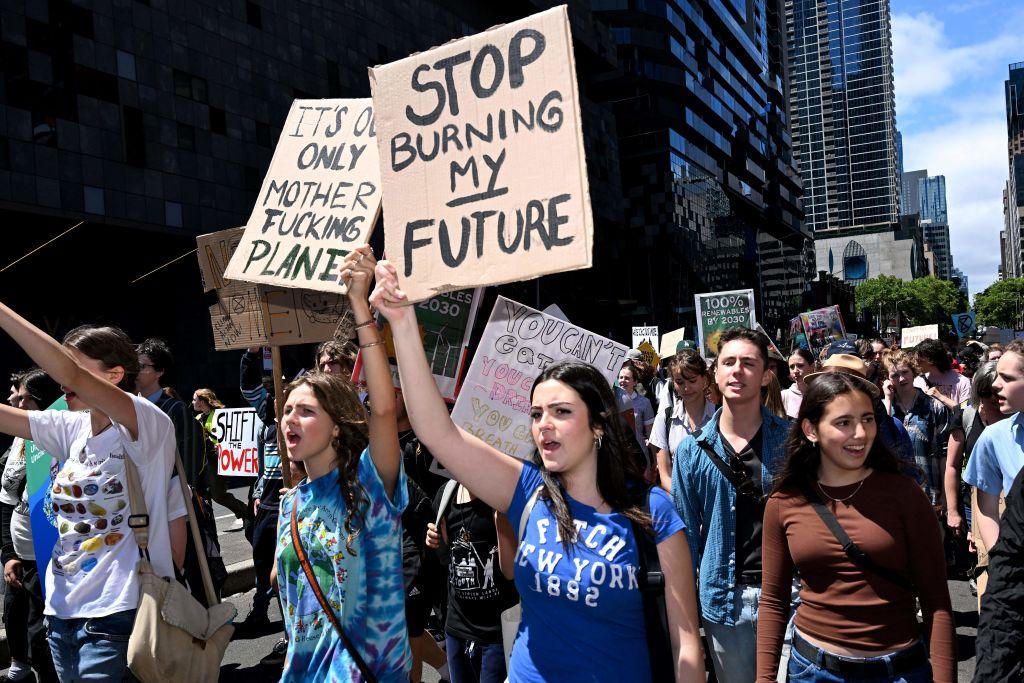Questions remain over how exactly the federal Australian government can define, and legislate, a climate change risk to the “health and wellbeing” of children.
A Senate Committee is examining an amendment to the Albanese government’s Climate Change Act 2022 to require legislators to consider the health of children when making significant decisions.





